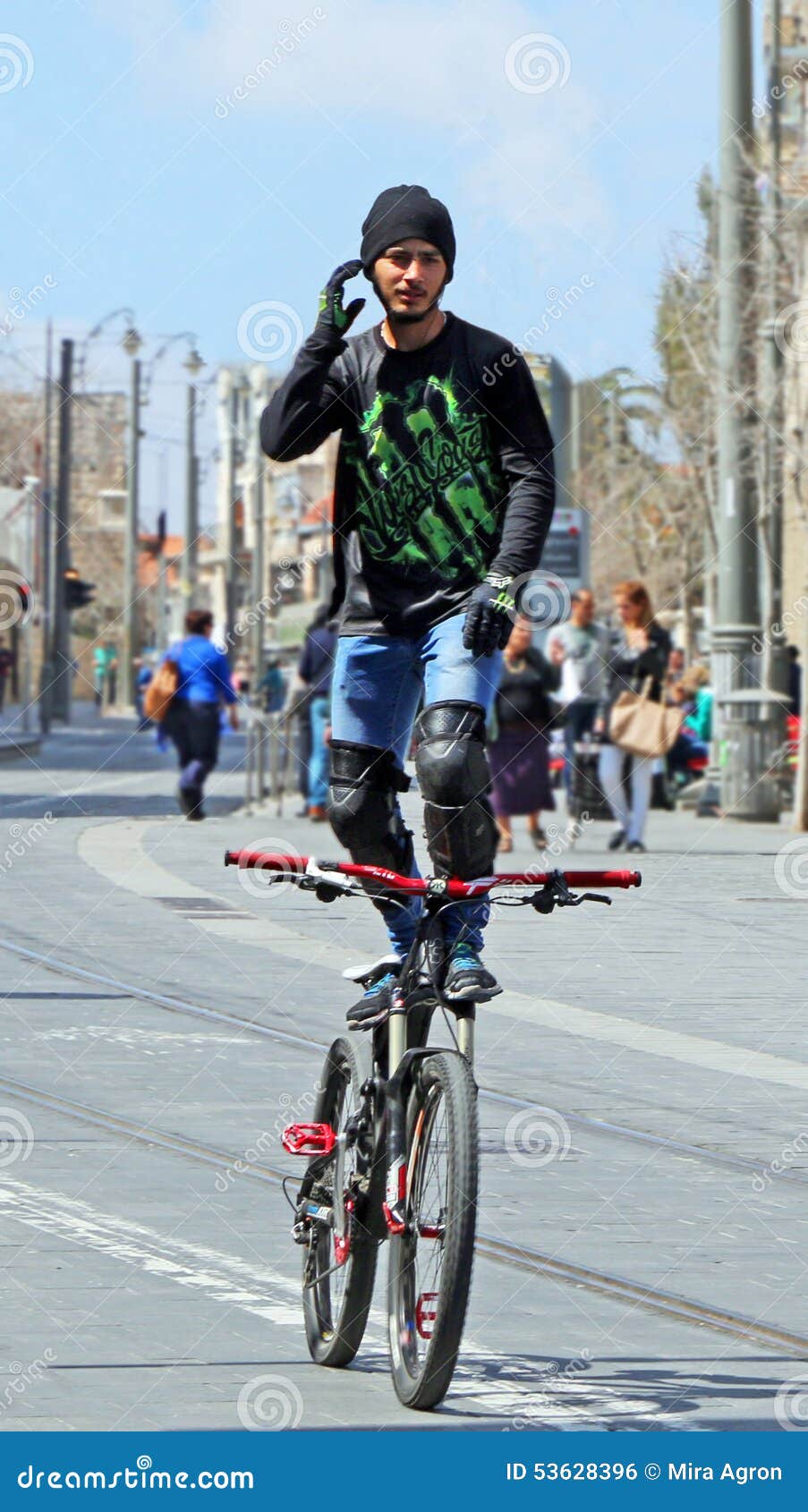We all waited with bated breath.
No, I didn't mis-spell "bated." If a cat swallows cheese and stands in anticipation of a mouse, he/she can be said to be waiting with "baited" breath. But "bated" is just a truncated form of "abated":
Shall I bend low, and in a bondsman's key
Wait with 'bated breath, and whispering humbleness
In Shakespeare's Merchant of Venice, Shylock utters those two lines as part of a soliloquy in which he asks Antonio (the merchant) how he can ask for a loan after Antonio and his associates called him a "cur", spit on him and kicked him around. Antonio's rationale for their behavior is the "usurious" interest on the loans Shylock gave them.
Now, of course, I was exaggerating just a bit when I said "we all waited with bated breath." Nobody does that in New York--except, maybe, for a bank (oh, irony of ironies!)--specifically, Citibank. But we weren't waiting for a loan so we could open up a pet-boarding house. Instead, we were eagerly anticipating something else that comes from S-itty--I mean, Citi--bank: Citibike.
Well, all right, I wasn't waiting for it as much as some other folks were. After all, I have my own bikes. But I must say that I am glad that Citibike has come to my neighborhood. In fact, as of the other day, it was on my corner:
Is the arrival of Citibikes a sign that a neighborhood is "hip"--or that it's merely infested with hipsters? Whatever the case, I'm glad to see the bikes--even though they're in the ugliest shade of blue--just because I'm happy to see anything that encourages people to ride bikes.
A few days ago I wrote about the thefts that have plagued bike share programs. Citibike has not been immune to such problems. Baltimore may have come up with a solution--at least for a while. There are other interesting ideas out there, including one I found in a 99 cent store just down the street from the new Citibike port:
No, I didn't mis-spell "bated." If a cat swallows cheese and stands in anticipation of a mouse, he/she can be said to be waiting with "baited" breath. But "bated" is just a truncated form of "abated":
Shall I bend low, and in a bondsman's key
Wait with 'bated breath, and whispering humbleness
In Shakespeare's Merchant of Venice, Shylock utters those two lines as part of a soliloquy in which he asks Antonio (the merchant) how he can ask for a loan after Antonio and his associates called him a "cur", spit on him and kicked him around. Antonio's rationale for their behavior is the "usurious" interest on the loans Shylock gave them.
Now, of course, I was exaggerating just a bit when I said "we all waited with bated breath." Nobody does that in New York--except, maybe, for a bank (oh, irony of ironies!)--specifically, Citibank. But we weren't waiting for a loan so we could open up a pet-boarding house. Instead, we were eagerly anticipating something else that comes from S-itty--I mean, Citi--bank: Citibike.
Well, all right, I wasn't waiting for it as much as some other folks were. After all, I have my own bikes. But I must say that I am glad that Citibike has come to my neighborhood. In fact, as of the other day, it was on my corner:
Is the arrival of Citibikes a sign that a neighborhood is "hip"--or that it's merely infested with hipsters? Whatever the case, I'm glad to see the bikes--even though they're in the ugliest shade of blue--just because I'm happy to see anything that encourages people to ride bikes.
A few days ago I wrote about the thefts that have plagued bike share programs. Citibike has not been immune to such problems. Baltimore may have come up with a solution--at least for a while. There are other interesting ideas out there, including one I found in a 99 cent store just down the street from the new Citibike port:












